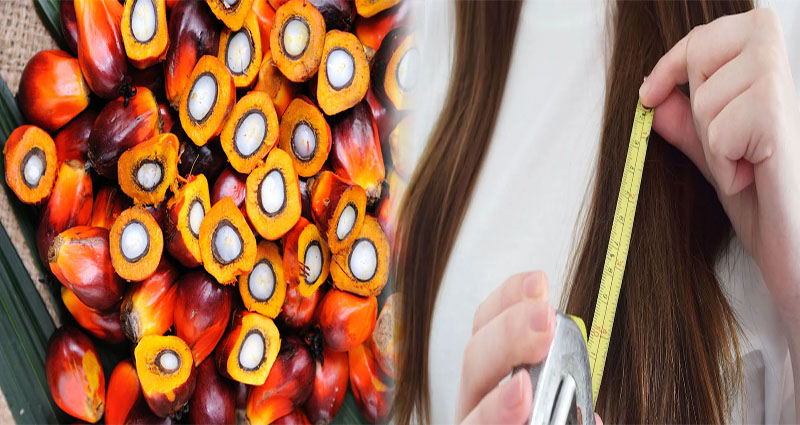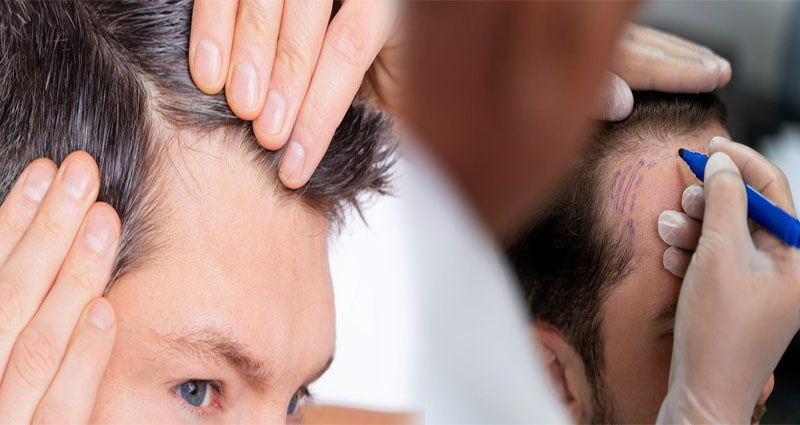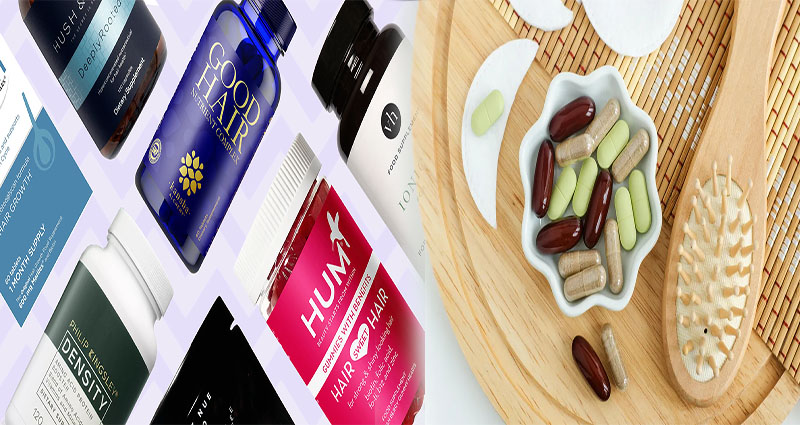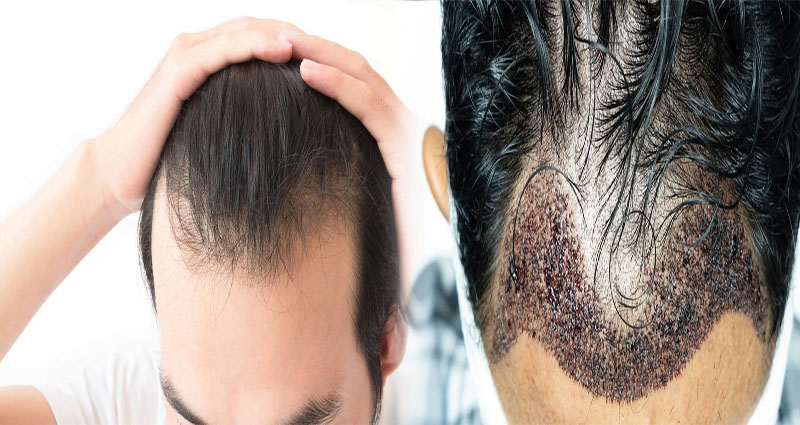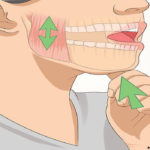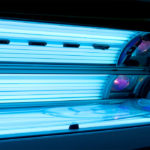How to Use Diet to Improve Hair Growth and Overall Hair Strength
Achieving strong, healthy hair is not only a reflection of external care but also a result of nourishment from within. A well-balanced diet that includes essential nutrients can play a vital role in promoting hair growth and enhancing hair strength. By incorporating specific foods and nutrients into your diet, you can support the health and vitality of your hair. Below are key dietary tips to improve hair growth and overall hair strength:
1. Protein-Rich Foods
Protein is the building block of hair, and including adequate amounts in your diet can significantly impact hair growth and strength. Opt for lean sources of protein such as poultry, fish, eggs, legumes, and tofu to ensure that your body has the necessary amino acids to support healthy hair follicles.
2. Omega-3 Fatty Acids
Foods containing omega-3 fatty acids, such as fatty fish (salmon, mackerel), chia seeds, and walnuts, can help nourish the scalp and … Continue Reading >>>
Success Rate Comparison of FUE vs. FUT Hair Transplant Techniques
Hair transplant procedures have revolutionized the field of hair restoration, offering effective solutions for individuals experiencing hair loss or thinning. Follicular Unit Extraction (FUE) and Follicular Unit Transplantation (FUT) are two commonly performed hair transplant techniques, each with its own advantages and success rates. Understanding the differences between FUE and FUT can help individuals make informed decisions when considering a hair transplant procedure. Below is a comparison of the success rates of FUE and FUT techniques:
Follicular Unit Extraction (FUE)
- Procedure: In FUE, individual hair follicles are extracted from the donor area using a specialized tool. These follicles are then transplanted to the recipient area where hair loss is present.
- Success Rate: FUE is known for its high success rate in hair transplantation. The minimally invasive nature of the procedure typically results in faster healing, minimal scarring, and a natural-looking hairline. The success rate of FUE largely depends
London’s Love Language: Expressing Affection through Rings
In the bustling metropolis of London, amidst the towering architecture and the river’s gentle flow, a unique love language thrives—expressing affection through rings. From historic traditions to modern declarations of love, engagement rings in London hold a special significance, symbolizing commitment, devotion, and eternal love. As couples navigate the intricate pathways of romance in this vibrant city, the exchange of rings becomes a cherished ritual, encapsulating the essence of their relationship.
Engagement rings London, adorned with exquisite gemstones and intricate designs, serve as tangible symbols of love’s enduring power. From the cobblestone streets of Covent Garden to the elegant promenades of Mayfair, couples embark on a journey to find the perfect ring that encapsulates their unique bond. Each ring tells a story—a tale of two souls intertwined in love’s eternal embrace.
The tradition of exchanging rings as a symbol of commitment dates back centuries, rooted in ancient customs and … Continue Reading >>>
Top Vitamins and Minerals in Foods That Boost Hair Thickness
Achieving thick, lustrous hair is a desirable goal for many individuals looking to enhance their hair’s volume and vitality. While genetics play a significant role in hair thickness, incorporating specific vitamins and minerals into your diet can help promote thicker and healthier hair growth. Below are some of the top vitamins and minerals found in various foods that are known to boost hair thickness:
1. Biotin (Vitamin B7):
- Sources: Eggs, nuts, seeds, and avocados.
- Benefits: Biotin is essential for promoting hair growth and improving hair texture. It aids in the production of keratin, a protein that forms the structure of hair strands.
2. Iron:
- Sources: Lean meats, spinach, lentils, and fortified cereals.
- Benefits: Iron is crucial for carrying oxygen to hair follicles, promoting healthy growth. Iron deficiency can lead to hair thinning and loss.
3. Zinc:
- Sources: Shellfish, nuts, seeds, and whole grains.
- Benefits:
How to Improve Hair Transplant Success Rate with Pre and Post-Care
Hair transplant procedures have become increasingly popular as a permanent solution for hair loss and balding. However, the success of a hair transplant relies heavily on the pre and post-care that patients undertake. By following proper pre and post-care instructions, individuals can significantly improve the success rate of their hair transplant. Below are essential tips on how to improve the success rate of a hair transplant through diligent care:
Pre-Care Tips:
- Consultation with a Qualified Professional: Before undergoing a hair transplant procedure, it is crucial to consult with a qualified hair transplant surgeon. Discuss your medical history, expectations, and any concerns you may have to ensure that you are a suitable candidate for the procedure.
- Maintain a Healthy Lifestyle: Leading up to the hair transplant, focus on maintaining a healthy lifestyle. This includes eating a balanced diet, staying hydrated, getting regular exercise, and avoiding smoking and excessive alcohol

